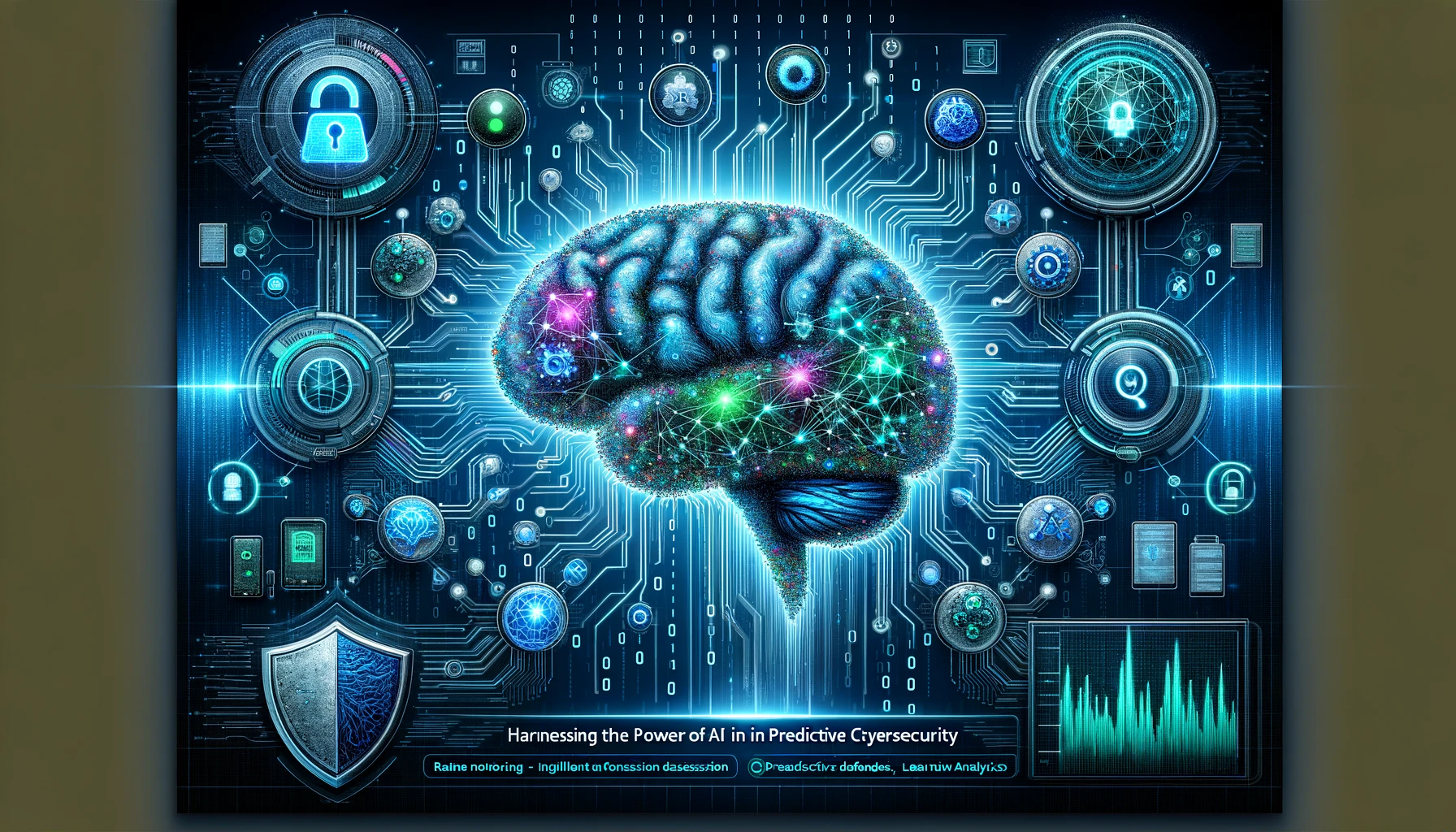
The Rise of AI and ML in Predictive Cybersecurity
In today’s digital age, the landscape of cybersecurity is constantly evolving. With the increasing sophistication of cyber threats, organizations are turning to advanced technologies like Artificial Intelligence (AI) and Machine Learning (ML) to bolster their defense mechanisms. One of the most promising applications of AI and ML in cybersecurity is predictive analytics, which enables organizations to proactively identify and mitigate potential security risks before they escalate.
Understanding Predictive Cybersecurity
Predictive cybersecurity leverages AI and ML algorithms to analyze vast amounts of data, detect patterns, and predict potential security incidents. By continuously monitoring network activities, user behavior, and system vulnerabilities, predictive cybersecurity solutions can anticipate and prevent cyber attacks, providing organizations with a proactive defense strategy.
The Role of AI and ML in Predictive Cybersecurity
AI and ML algorithms play a crucial role in predictive cybersecurity by enabling automated threat detection, risk assessment, and incident response. These technologies can analyze historical data, identify anomalous patterns, and predict future security threats with a high degree of accuracy. By learning from past incidents and adapting to new threats in real-time, AI and ML-powered cybersecurity solutions can effectively safeguard sensitive data and prevent potential breaches.
Benefits of Predictive Cybersecurity
Implementing predictive cybersecurity solutions offers several key benefits to organizations, including:
- Early threat detection: AI and ML algorithms can detect potential security threats before they manifest, allowing organizations to take proactive measures to mitigate risks.
- Improved incident response: By analyzing data in real-time, predictive cybersecurity solutions enable faster and more effective incident response, minimizing the impact of security breaches.
- Enhanced security posture: Predictive cybersecurity helps organizations stay ahead of cyber threats by continuously monitoring and analyzing security data, strengthening their overall security posture.
Challenges and Considerations
While AI and ML have revolutionized predictive cybersecurity, organizations must also address certain challenges and considerations, such as:
- Data privacy and compliance: Ensuring the ethical use of data and compliance with regulations is essential when implementing AI and ML-powered cybersecurity solutions.
- Algorithm bias and false positives: Organizations must carefully train AI and ML algorithms to avoid bias and minimize false positive alerts, which can impact the effectiveness of predictive cybersecurity.
- Resource requirements: Implementing and maintaining AI and ML-based cybersecurity solutions requires significant resources, including skilled personnel and robust infrastructure.
Conclusion
AI and ML have emerged as powerful tools in the fight against cyber threats, particularly in the realm of predictive cybersecurity. By harnessing the capabilities of these technologies, organizations can proactively protect their digital assets, detect emerging threats, and strengthen their overall security posture. As cyber threats continue to evolve, predictive cybersecurity powered by AI and ML will play a critical role in safeguarding organizations against malicious actors and ensuring a secure digital environment.
Stay Connected with Secure Debug
Need expert advice or support from Secure Debug’s cybersecurity consulting and services? We’re here to help. For inquiries, assistance, or to learn more about our offerings, please visit our Contact Us page. Your security is our priority.
Join our professional network on LinkedIn to stay updated with the latest news, insights, and updates from Secure Debug. Follow us here







